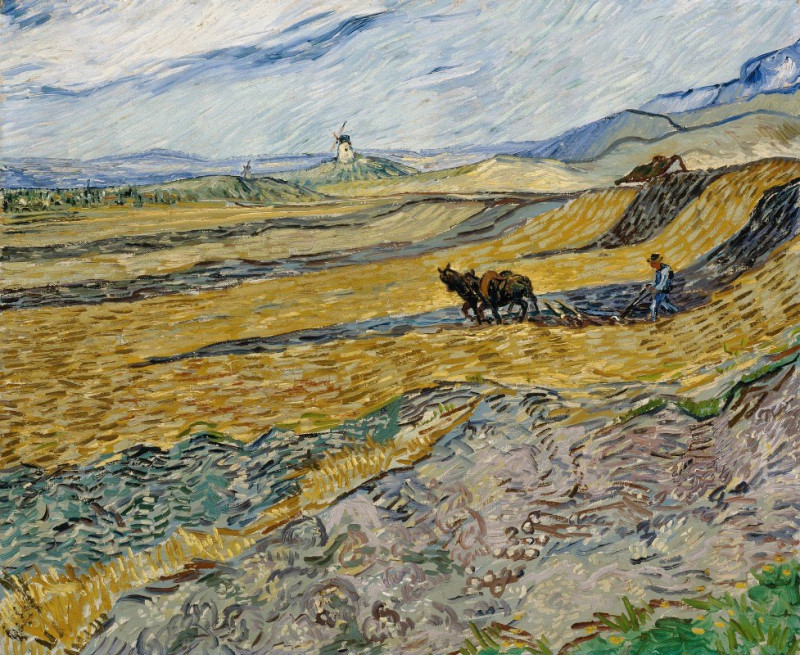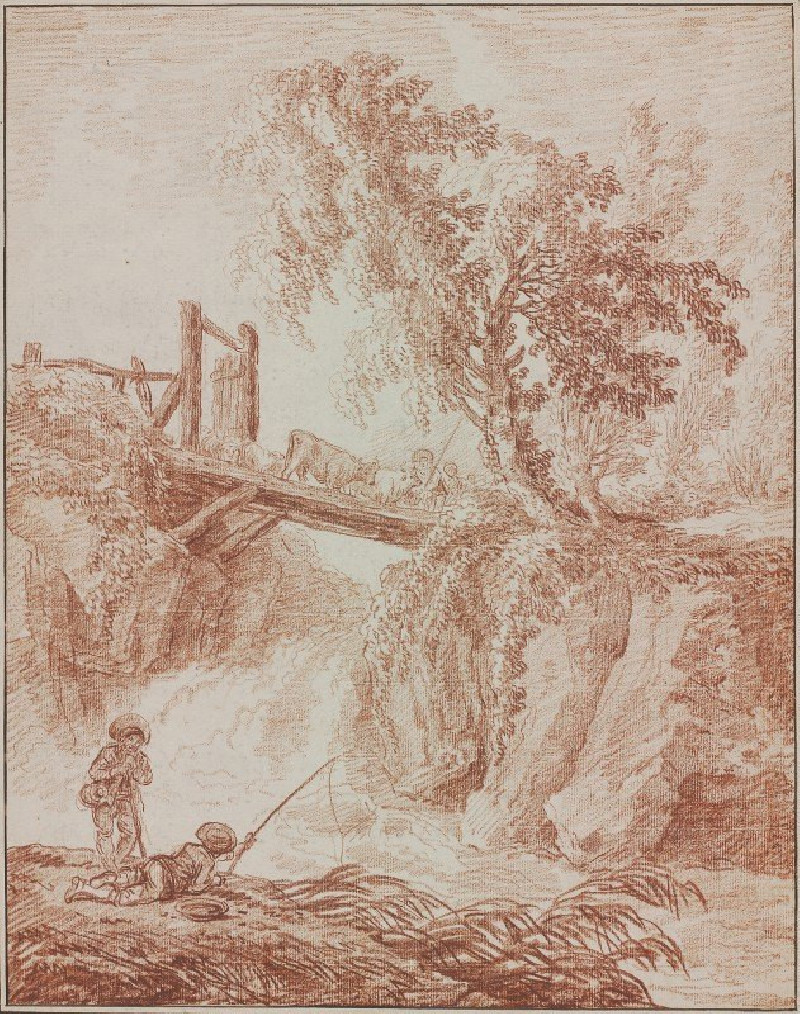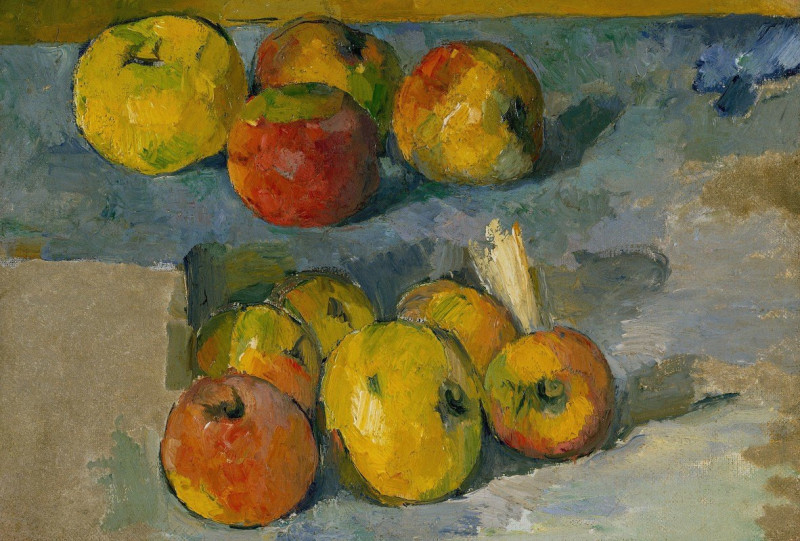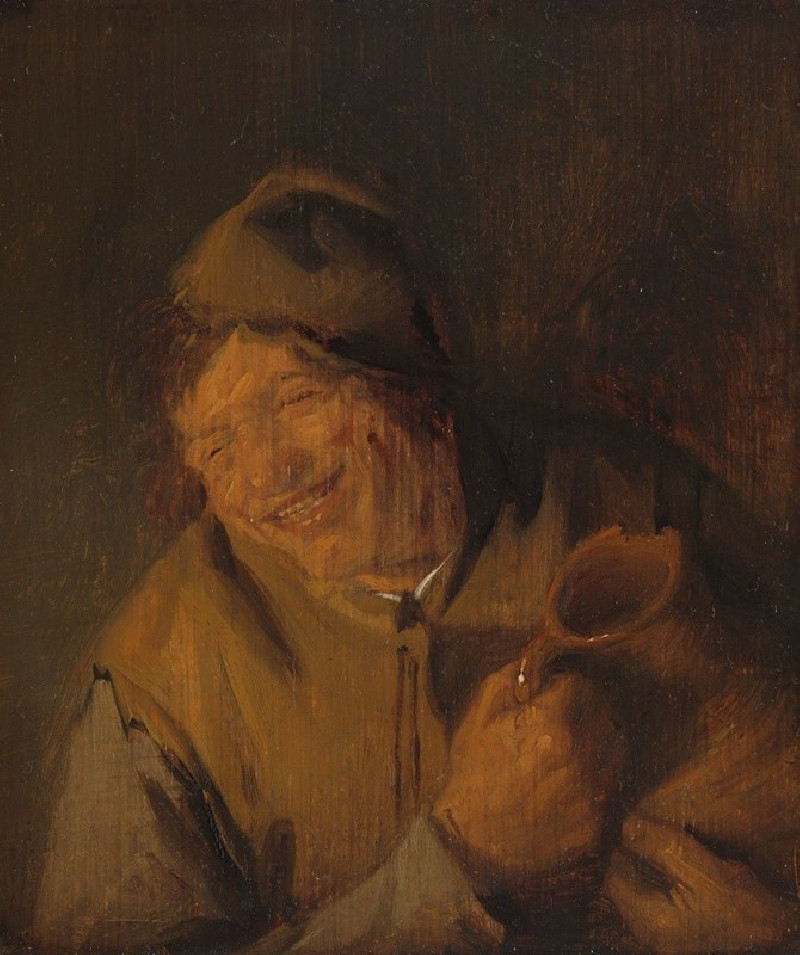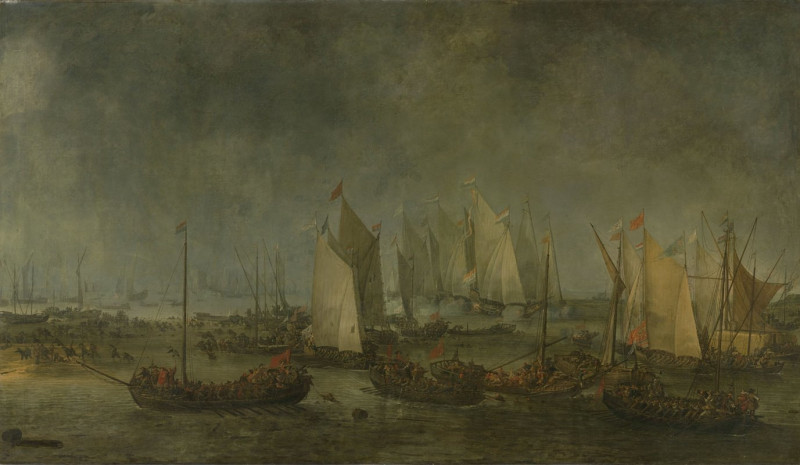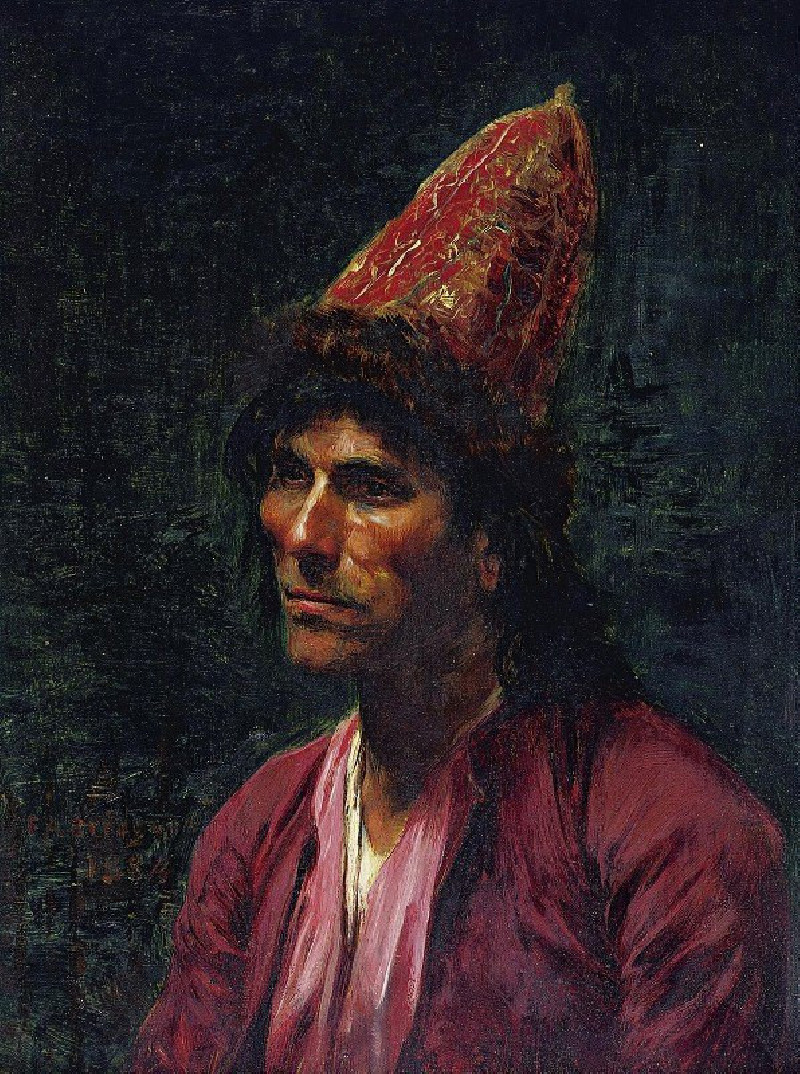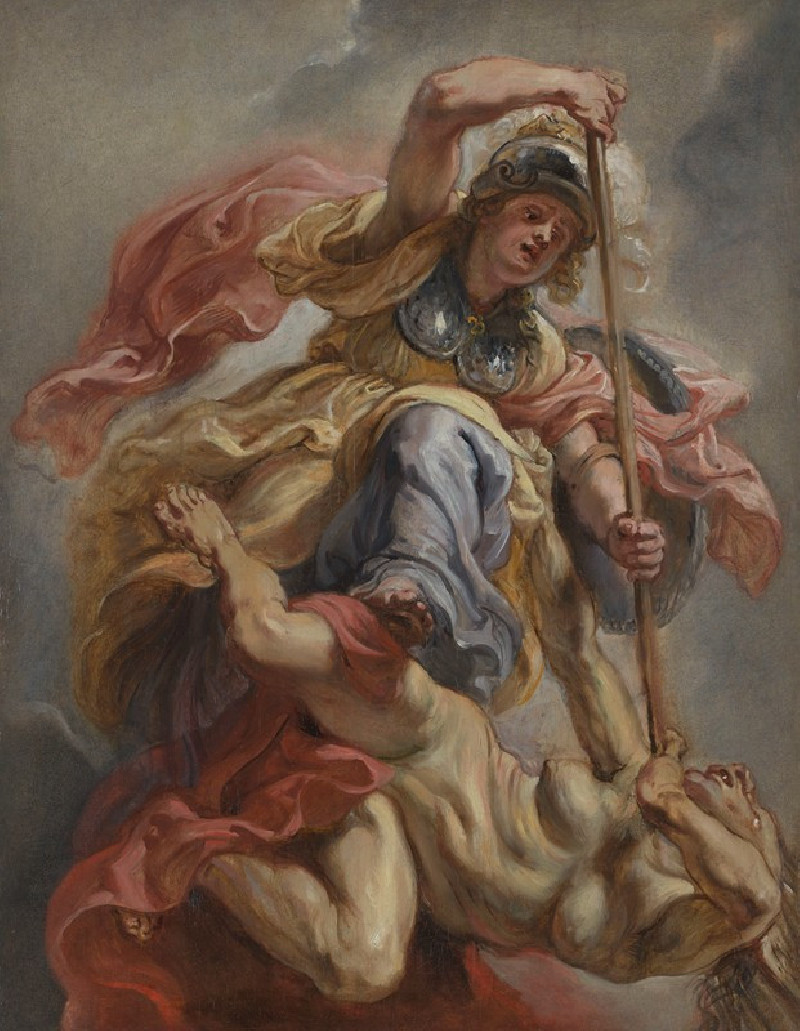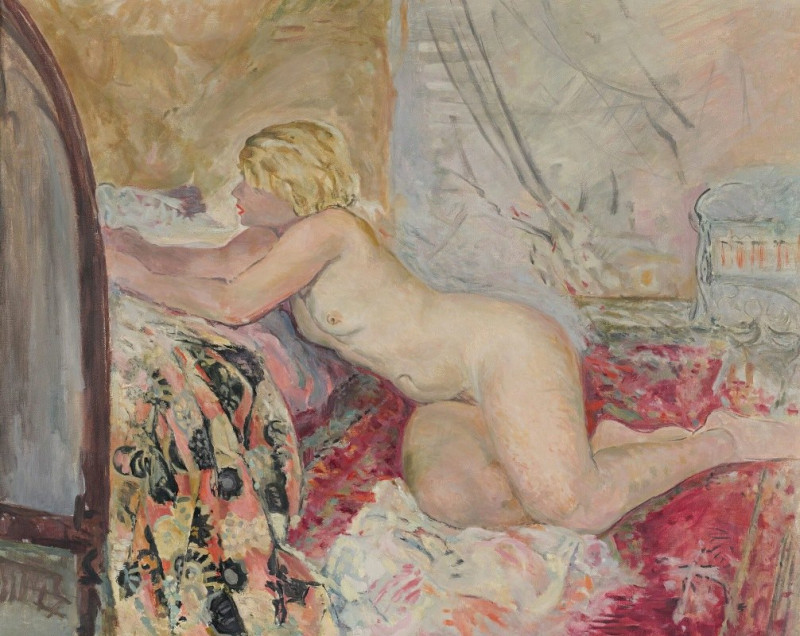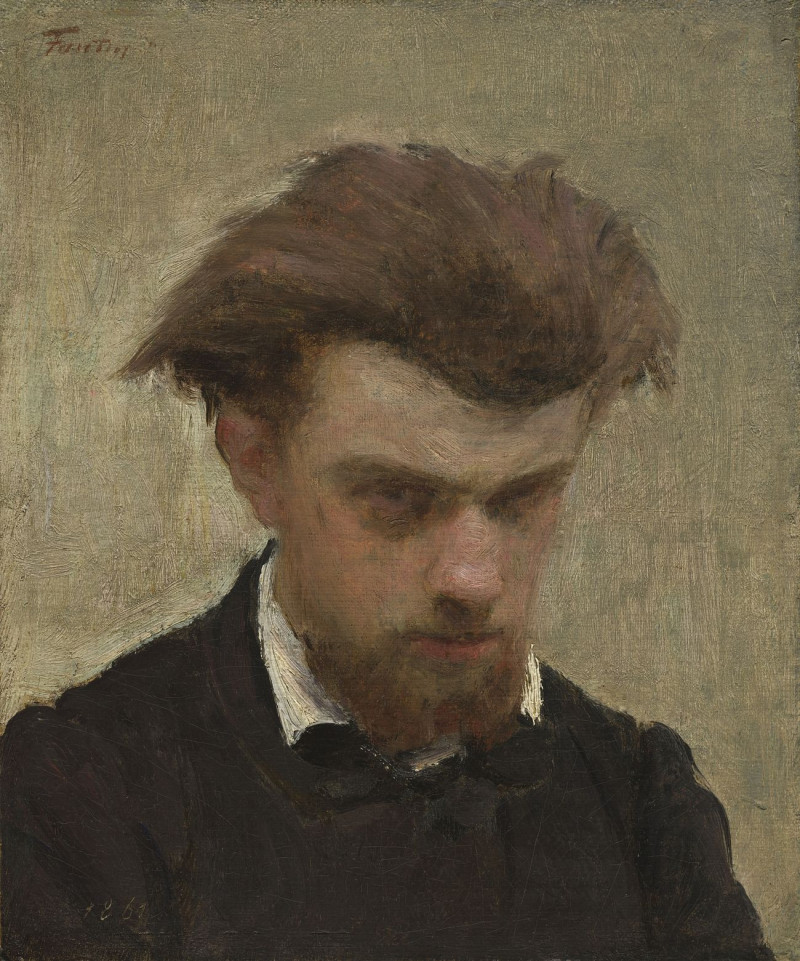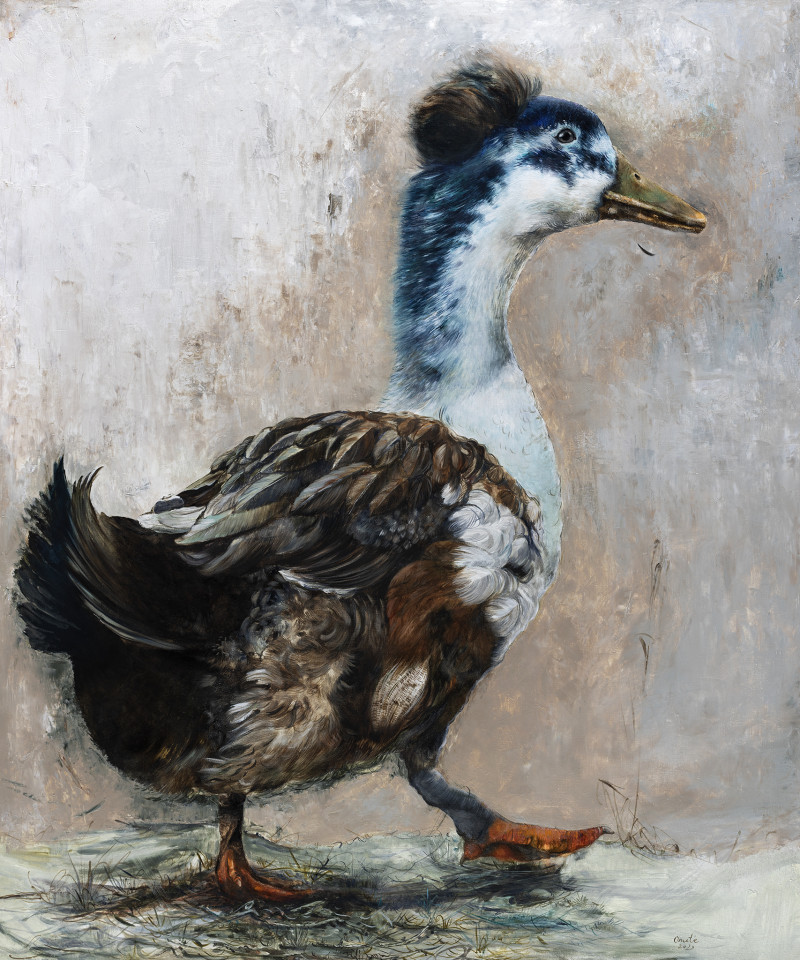Heads of Two Girls (1919)
Technique: Giclée quality print
Recommended by our customers
More about this artwork
Ernst Ludwig Kirchner, a proponent of the German Expressionist movement, exemplifies his distinct style in the evocative etching "Heads of Two Girls." Created in 1919, this piece captures the bold and introspective temperament characteristic of Kirchner's later work.The artwork features the intricate profiles of two girls, their faces etched with a series of sharp, dynamic lines that convey a sense of emotional depth and complexity. The girl on the right dominates the composition with her eyes closed, suggesting a moment of introspection or resignation. Her features are rendered with gentle curves that contrast with the more angular and fragmented depiction of the second girl on the left.Kirchner's use of overlapping lines and abstract shapes adds a mysterious quality to the piece, hinting at the inner turmoil or possibly the multifaceted nature of human identity. The division of space in the etching, along with the minimal use of solid black areas, focuses the viewer's attention on the texture and contour lines that define each figure."Heads of Two Girls" not only underscores Kirchner's mastery of line and form but also invites viewers to delve into the psychological landscape he portrays. This piece is an exemplary reflection of the Expressionist movement's aim to capture the soul's expression through art.
Delivery
Returns
Ernst Ludwig Kirchner (1880–1938) was one of the most important German Expressionist painters. He was a co-founder of Die Brücke, a group of German expressionist artists formed in Dresden in 1905. Die Brücke and Kirchner took inspiration from Vincent Van Gogh and Edvard Munch, as well as African and Oceanic art. They used woodblock printing as a medium to showcase their signature style: flat, unrealistic images with vivid colors. The recurring themes in Kirchner's artworks included exotic cultures, faraway landscapes, self-portraits, dancers and Berlin street life. His paintings and prints effectively portrayed non-European cultures despite the fact that he never traveled outside of Europe.
































